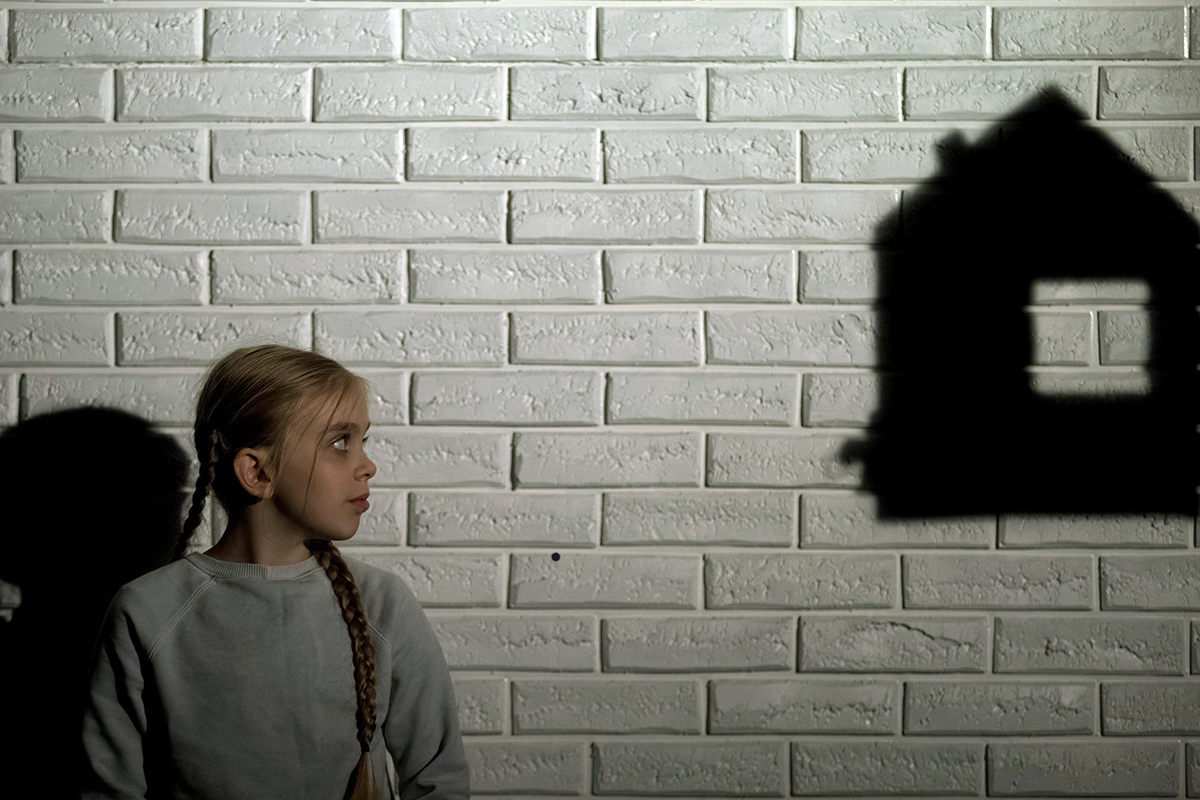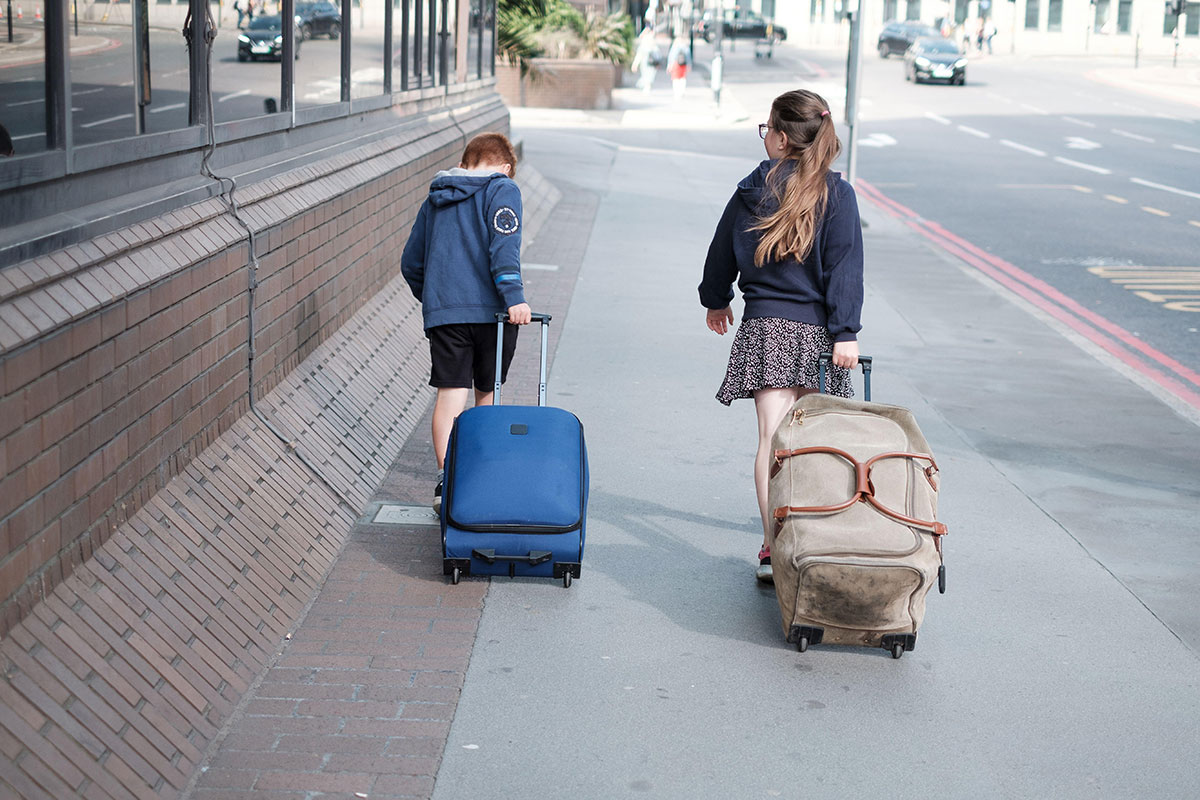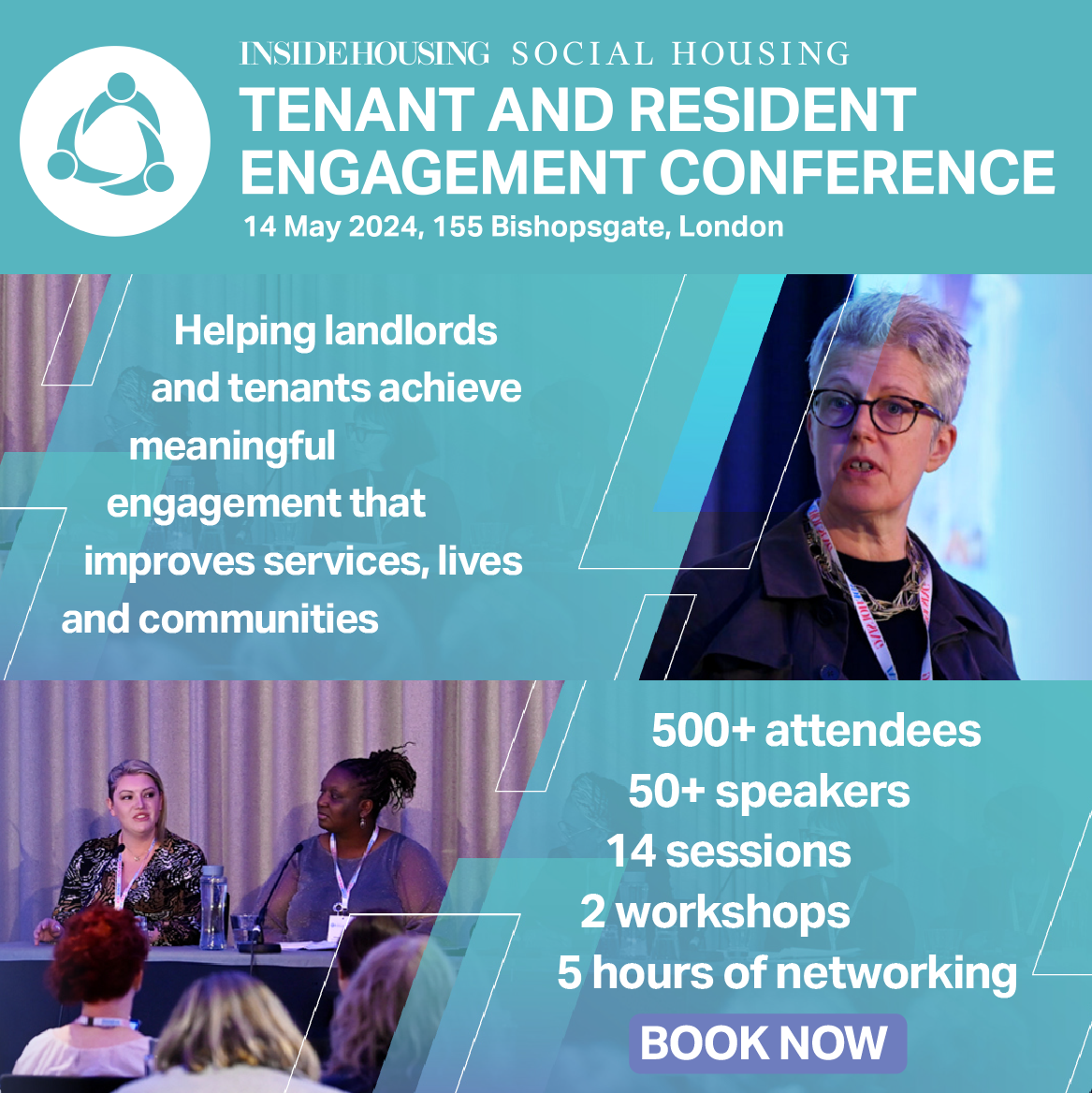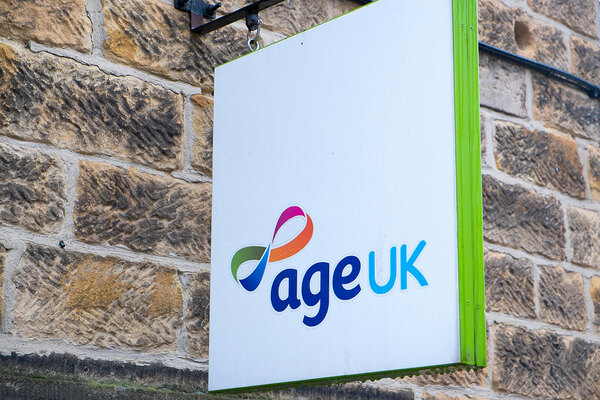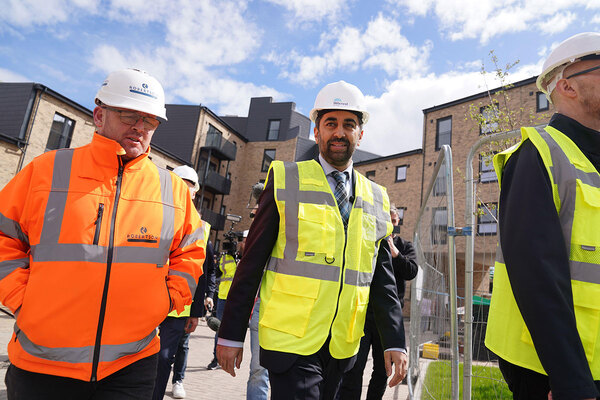You are viewing 1 of your 1 free articles
Government data is severely undercounting the number of homeless households placed out of area
Our new research reveals the true extent of out-of-area placements and shows why we need to mitigate their impact, writes Steve Iafrati, assistant professor of social policy at the University of Nottingham
More than 40,000 households per year are being housed out of area (OOA) in other local authority areas as part of prevention and relief duties. For many of these households, this results in losing contact with families and support networks, as well as fracturing relationships with employers and key services.
Rather than providing stability, housing plays a role in destabilising these households and exacerbating their vulnerabilities. However, the full extent of the problem remains hidden due to the inaccuracy of government data, which also masks the over-representation of Black and ethnic minority households.
Our research using Freedom of Information (FoI) requests from 241 English local authorities revealed that 36,723 households were placed OOA in 2022-23, which would be approximately 44,000 households if extrapolated to all English local authorities.
Problematically, the government’s homelessness live tables only report 10,950 households being placed OOA. Some of this discrepancy can be attributed to 34 local authorities not returning data, though it may also point towards under-reporting and a limited appetite to reveal the full picture.
At the highest levels, 47 local authorities placed more than 200 households OOA in 2022-23, totalling 26,020 households. Of these, 17 placed more than 500 households OOA, totalling 15,865 households, and five placed more than 1,000 households OOA in 2022-23.
Placed in accommodation with no wi-fi access and hotels next to motorway junctions, OOA households described damaging experiences of moving from established connections. Even being 30 miles away was enough to break support networks and necessitate changes of schools, doctors and other services, which exacerbated people’s challenges and contributed to an intersection of housing and vulnerability.
People spoke of losing their jobs because it was too far to travel, being unable to secure new employment because they were in temporary accommodation, losing childcare support from family and friends, losing children’s school places and friends, and losing established relationships with mental health support workers. The outcome was that many felt isolated, depressed and feared journeys back into addiction, homelessness and depression.
Speaking with local authority housing managers, many receiving councils are not informed of households being placed in their area. While contrary to the Housing Act 1996, this also limits the ability of receiving local authorities to put in place plans to mitigate the impacts.
Furthermore, Black and ethnic minority households are disproportionately placed OOA compared with the demographic profile of their area. While the government’s live tables record some ethnicity data for households in temporary accommodation, this is not the case for households placed OOA.
The choice to place households OOA is driven by a complex interplay of factors, including housing affordability, limits to local authority budgets and welfare reform. With this in mind, there is no chance that OOA housing will stop at any point in the foreseeable future.
However, the research makes recommendations on how to mitigate the most egregious elements and support households placed OOA. First, all receiving local authorities should be informed of households being placed in their areas. Also, households should only be placed in accommodation with accessible wi-fi, rather than some hotel chains that charge a daily rate.
“Even being 30 miles away was enough to break support networks and necessitate changes of schools, doctors and other services, which exacerbated people’s challenges”
Households placed OOA should be provided with an information pack relating to their new accommodation that includes maps and contact details of essential services, schools, community organisations, religious venues and support groups. Children in households placed OOA should have a guaranteed school place, and OOA households should be provided with support for public transport.
There should be greater monitoring of ethnicity data as not all local authorities record this information, as well as research into why Black and ethnic minority households are disproportionately placed OOA. The Department for Levelling Up, Housing and Communities should also review the robustness of its data collection.
With a general election looming and all the signs being that we will see a change in government, it is important for housing to be returned to the heart of the government following the recent revolving door of housing ministers and a lack of leadership.
In the meantime, the significance of OOA placements is that each year thousands of the most vulnerable households experience disruption and turmoil that exacerbates their vulnerabilities.
While the next government might embrace goals of moving away from the OOA placements and a reliance on expensive temporary accommodation, it is not realistic to expect this to happen anytime soon. In the meantime, it is important that local authorities take collective responsibility to mitigate the impacts of the cycle of OOA placements for the benefit of both themselves and the households.
Sign up to the Tenant and Resident Engagement Conference 2024
As the sector prepares itself for significant regulatory reform, this conference will explore how to move the dial on the major culture shift that is required to rebuild trust and improve tenant-landlord relationships.
Join more than 500 landlords, tenants and key partners to learn how to improve communication, accountability and inclusion, and how to tackle stigmatising attitudes. Ultimately, you’ll hear how meaningful engagement can improve services, lives and communities.


